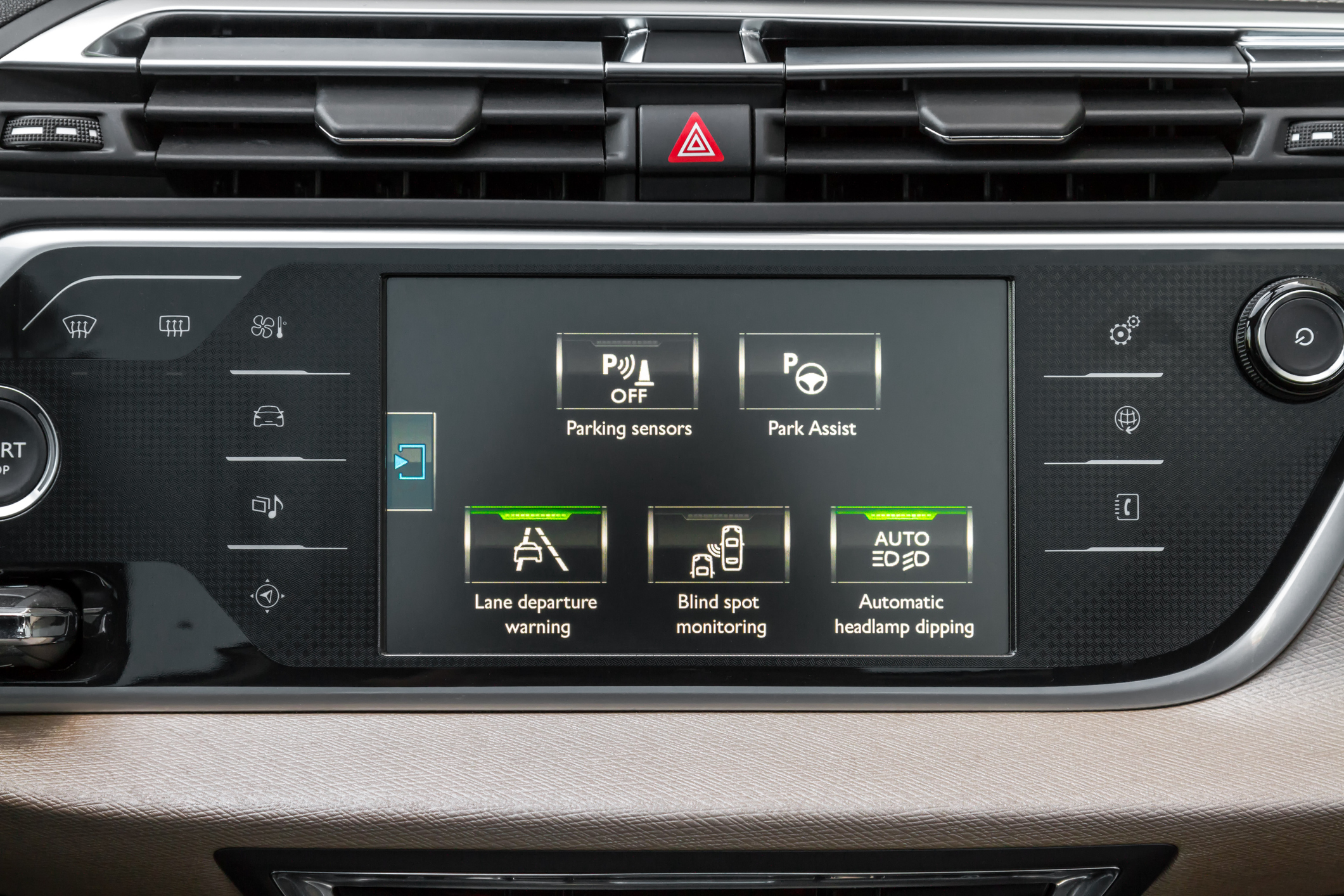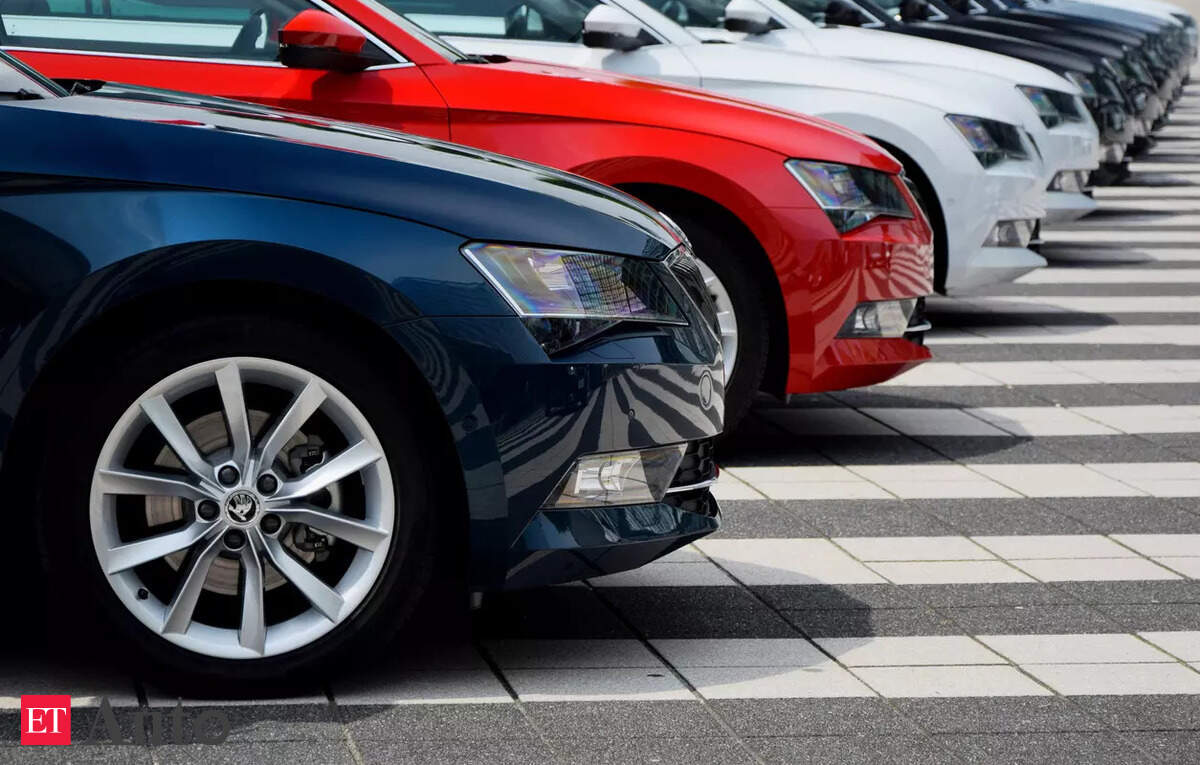Autocar India Review: Nissan Magnite's Pros and Cons
The Nissan Magnite stands as Nissan India’s exclusive mass-market offering, positioned within the fiercely competitive compact SUV segment. Launched in December 2020 and updated with a mid-cycle refresh late last year, the Magnite faces stiff competition from models like the Hyundai Exter and Mahindra XUV 3XO. Despite being in a high-volume segment, its domestic sales figures are modest, averaging 2,069 units in monthly wholesales over the past six months.
Several factors contribute to the Magnite's appeal and its ability to attract buyers. Firstly, its interiors are notably appealing. The facelift introduced a more premium and modern cabin, featuring copper-coloured leatherette finishes on the dashboard and door panels, a significant upgrade from the previous all-black plastic. The top-spec Tekna+ variant further enhances comfort with dual-tone copper-black leatherette seats designed to keep occupants cool, complemented by a strong automatic climate control system. While comfortable for four occupants, a third passenger in the rear might find shoulder room limited. Practicality is also a strong suit, with a decent-sized cooled glove box, storage in the front armrest, and a 336-litre boot capable of holding a couple of large suitcases. The rear seats can also fold flat, expanding cargo space to an impressive 690 litres.
Secondly, the Magnite’s 1.0-litre three-cylinder turbo-petrol engine offers punchy performance, making it the most recommendable powertrain option. This 100hp turbocharged unit provides a lively drive, characterized by a strong mid-range punch. When paired with the smooth CVT, it effectively masks any lag at lower revs, exhibiting minimal 'rubber band' effect at low and medium engine speeds. The Magnite is also available with a 1.0-litre naturally aspirated engine, which can run on petrol or CNG (via a dealer-level fitment), and is adequate for city use, offering an automated manual transmission (AMT) option for the petrol variant. The turbocharged engine also comes with a manual gearbox option, though its 5-speed transmission features long throws and a notchy feel, with a less-than-smooth clutch action. Despite these minor quirks, the lightweight Magnite with the turbo-petrol engine remains a respectable choice for approachable performance.
Thirdly, the Magnite offers exceptional value for money. Both the naturally aspirated and turbo variants are competitively priced, often undercutting rivals like the Hyundai Exter, Tata Punch, and other turbo-petrol compact SUVs. The top-spec variants are generously equipped, featuring an updated 7-inch digital driver’s display, an 8-inch infotainment touchscreen, a 6-speaker sound system tuned by ARKAMYS, wireless Android Auto and Apple CarPlay, auto headlights, cruise control, and ambient lighting. The safety suite includes 6 airbags, three-point seat belts for all passengers, ISOFIX anchors, ABS, traction control, a tyre pressure monitor, hill-start assist, and a 360-degree camera. Adding to its value proposition, Nissan has been offering significant discounts and benefits, with select Magnite variants eligible for up to Rs 1.25 lakh off in June 2025.
However, the Magnite is not without its drawbacks, preventing it from being an automatic recommendation over its rivals. One key area is refinement and fit-and-finish. While Nissan has made improvements with the facelift, reducing steering vibration, road noise, and enhancing sound damping, the Magnite still doesn't quite match the polish of its Korean competitors or the Mahindra XUV 3XO. Furthermore, there is still room for improvement in fit and finish, with visible elements like the steering column in the footwell and less seamless execution of ambient lighting. Another notable shortcoming is the absence of certain modern features that have become common in similarly priced competitors. Unlike models such as the Tata Punch, Hyundai Exter, and Maruti Fronx, the Magnite does not offer a sunroof or automatic windscreen wipers. Moreover, it lacks an Advanced Driver-Assistance Systems (ADAS) suite, a feature found in rivals like the Mahindra XUV 3XO, Kia Sonet, and Hyundai Venue.










